Coin collectors are always on the lookout for rare finds, and error coins from the U.S. Mint are among the most fascinating collectibles in the market. Whether caused by a mechanical malfunction or human error, these coins tell an interesting story.
While some mistakes are tiny and hard to spot, others are so obvious that even a casual observer can see them. Below are eight of the rarest U.S. Mint error coins that have captured the attention of collectors worldwide.
1. 1942/1 Die Error Mercury Dime
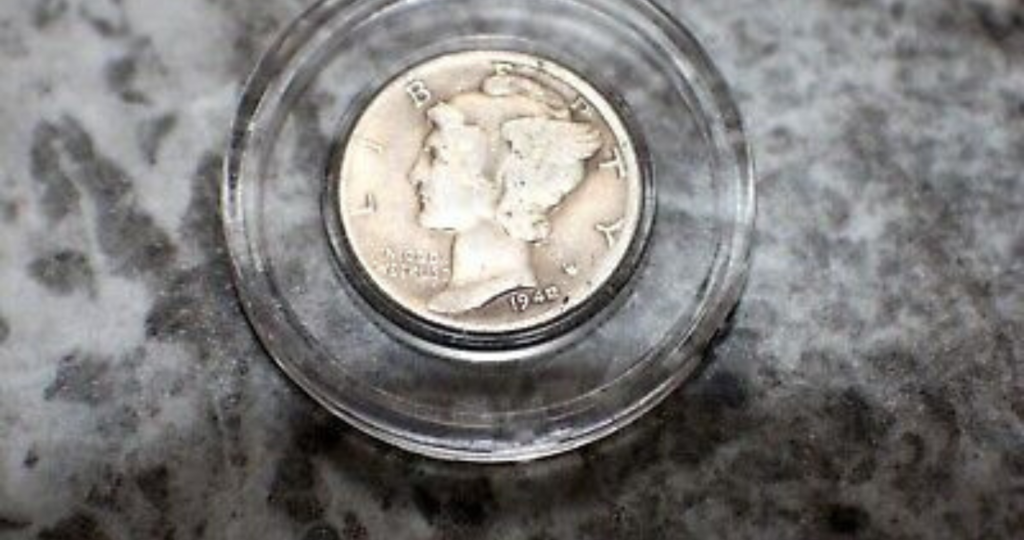
This coin is a classic example of a die error. When the U.S. Mint was changing the die for the 1942 Mercury dime, they failed to completely remove the last digit from the previous year’s die (1941). As a result, both the digits “1” and “2” are visible on the coin, creating what is known as an “overdate” error. While not particularly rare, a 1942/1 Mercury dime in mint condition can sell for over $17,000 due to its unique error.
2. 1922 No D Lincoln Cent
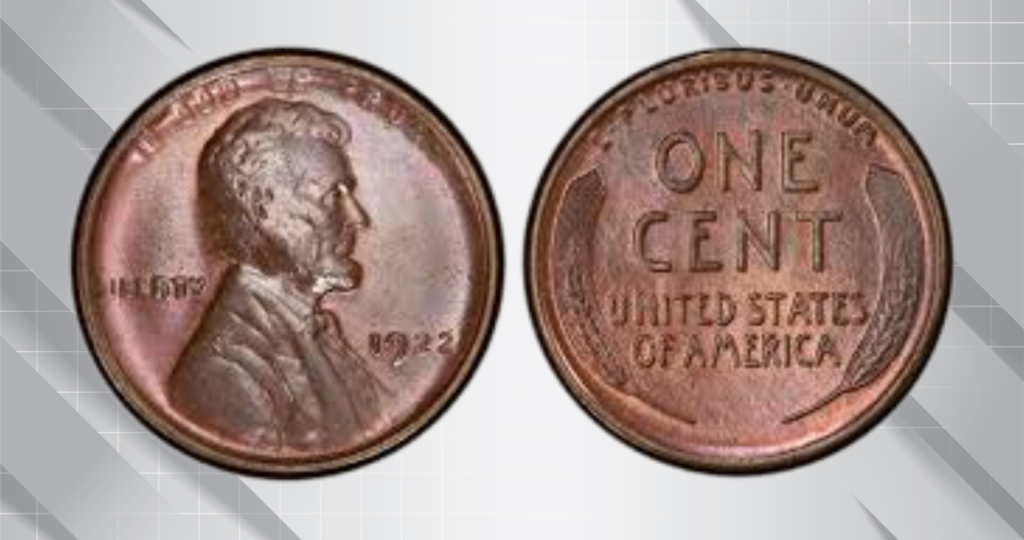
The 1922 Lincoln cent is another famous mint error. All pennies in 1922 were produced at the Denver Mint, so they should have a “D” mintmark. However, due to a worn die, some of these coins were struck without the mintmark, creating the rare “No D” Lincoln cents. A well-preserved specimen can fetch prices as high as $30,724. The distinct features of these coins include a clearer “2” in the date and the word “Trust” standing out in the motto “IN GOD WE TRUST.”
3. 1969-S Lincoln Cent – Doubled Die Obverse
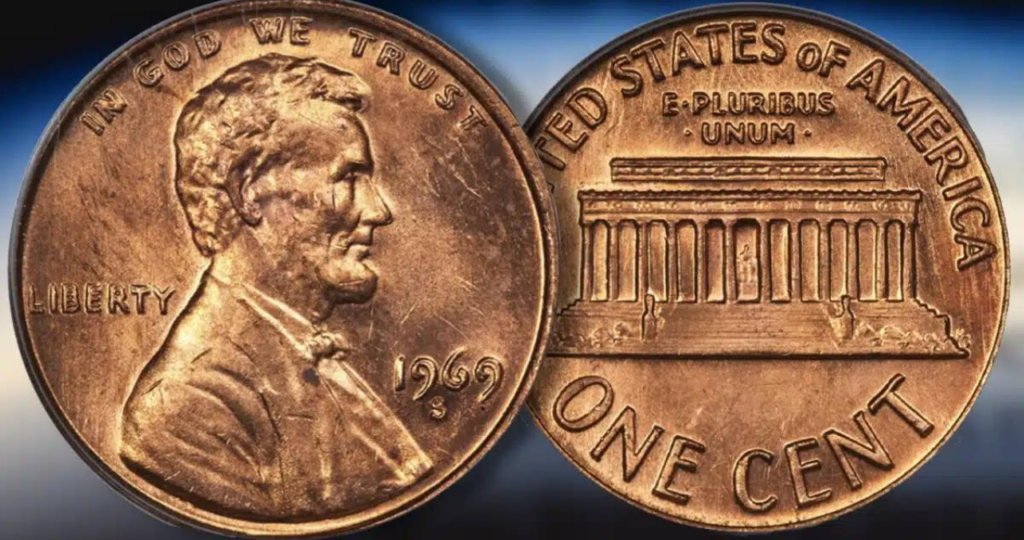
The 1969-S Lincoln cent is a dream find for any collector. Due to a doubling error during the minting process, the date and inscriptions on the obverse (front) side of the coin are noticeably doubled. This error is most prominent in the words “LIBERTY” and “IN GOD WE TRUST.” There are only about 30 known examples, and the highest recorded sale for this coin was $126,000 at auction.
4. 1943 Copper Lincoln Cent
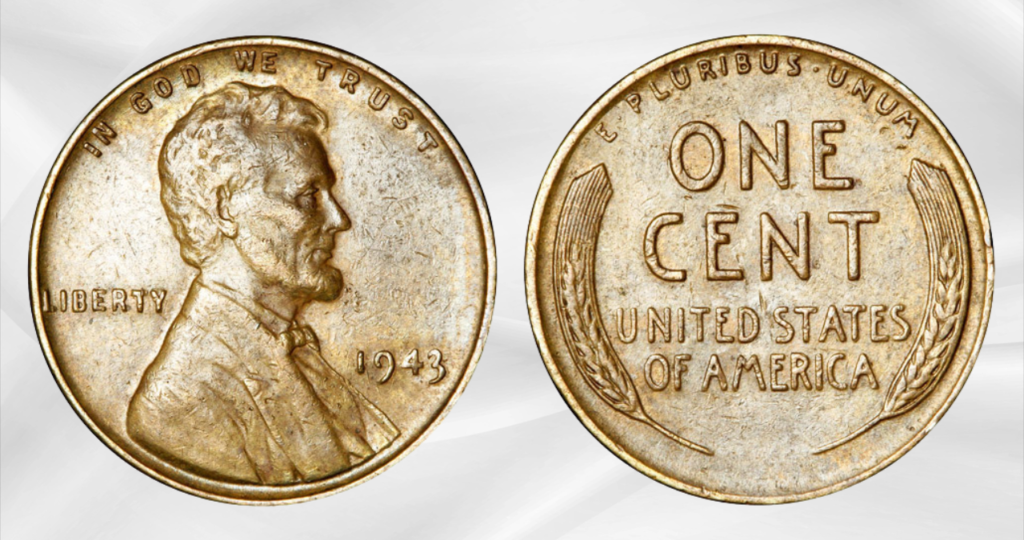
The 1943 Copper Lincoln Cent is one of the most famous minting errors in U.S. history. In 1943, pennies were supposed to be made from zinc-coated steel due to the wartime shortage of copper. However, a few copper planchets (coin blanks) from 1942 were mistakenly used, creating this rare error coin. Only a few examples exist, and one was sold for $1.7 million, making it one of the most expensive error coins ever sold.
5. 2000-P Sacagawea Dollar and Washington Quarter Mule
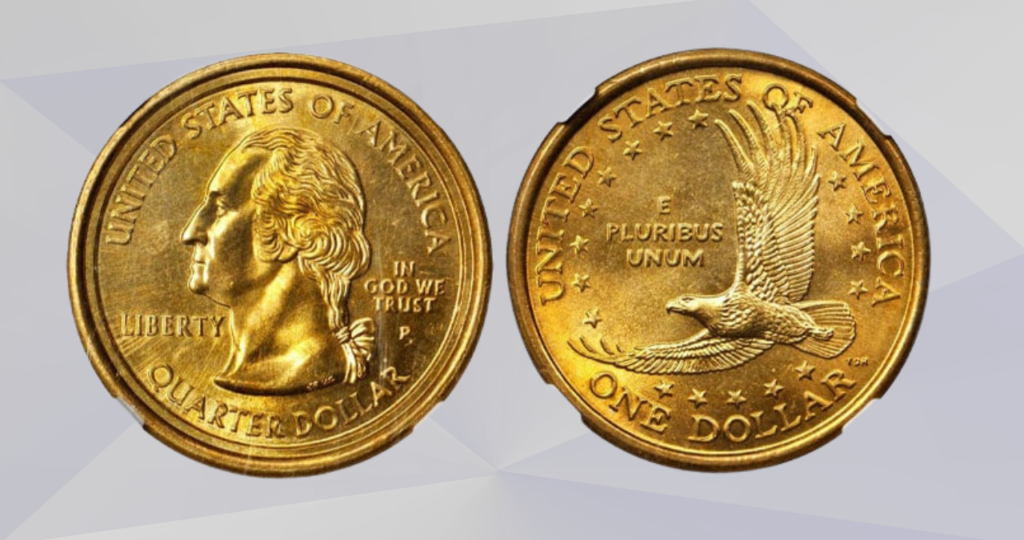
A “mule” coin is created when the obverse (front) die of one coin is paired with the reverse (back) die of another. The 2000-P Sacagawea dollar and Washington quarter mule coin is the second authenticated mule error in U.S. Mint history. This unusual error occurred when the Washington quarter obverse was accidentally paired with the Sacagawea dollar reverse. Fewer than 20 of these coins are known to exist, and they can sell for more than $50,000.
6. 1974-D Aluminum Lincoln Cent

During the 1970s, the U.S. Mint experimented with using different metals for pennies due to rising copper prices. In 1974, they created a batch of pennies made from aluminum. While these coins were never officially released, some were handed out to government officials. Most were recalled, but a few escaped destruction, making them extremely rare. Only two examples are known to exist today, with one selling for over $2 million.
7. 1975 No S Proof Roosevelt Dime

Proof coins are struck specifically for collectors and are usually made with extra care. However, in 1975, a small batch of Roosevelt dimes was produced without the “S” mintmark of the San Francisco Mint, which is a significant error for proof coins. Only two examples of this coin are known, and one of them sold for an astounding $516,000 at auction.
8. 1975 Washington Proof Quarter
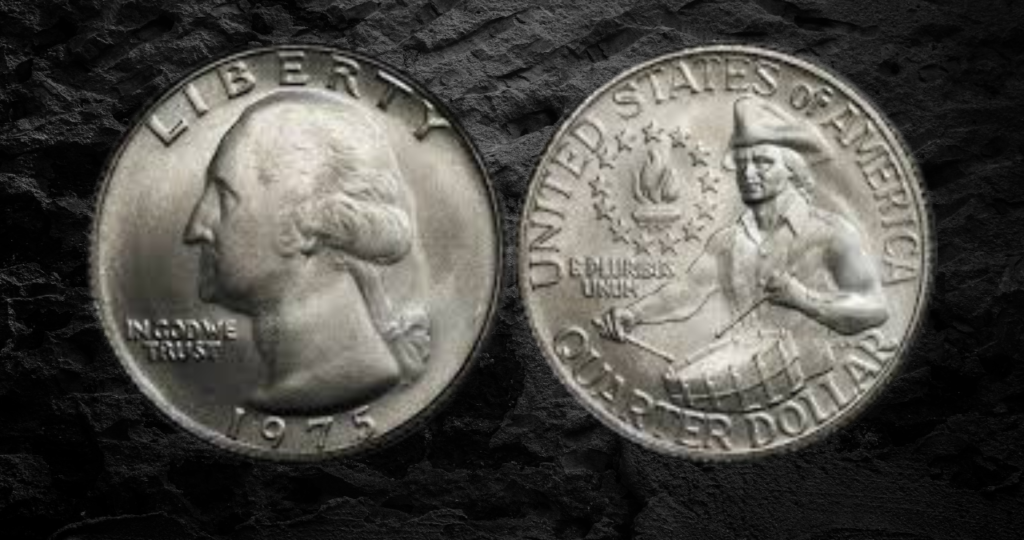
This coin holds the distinction of being the rarest U.S. Mint error coin. In 1975, a Canadian quarter planchet was mistakenly used to create a Washington proof quarter. The remnants of the original Canadian design are still visible on the surface, making this coin one of the most fascinating errors ever produced by the U.S. Mint. The only known example was listed for sale at $35,000.

